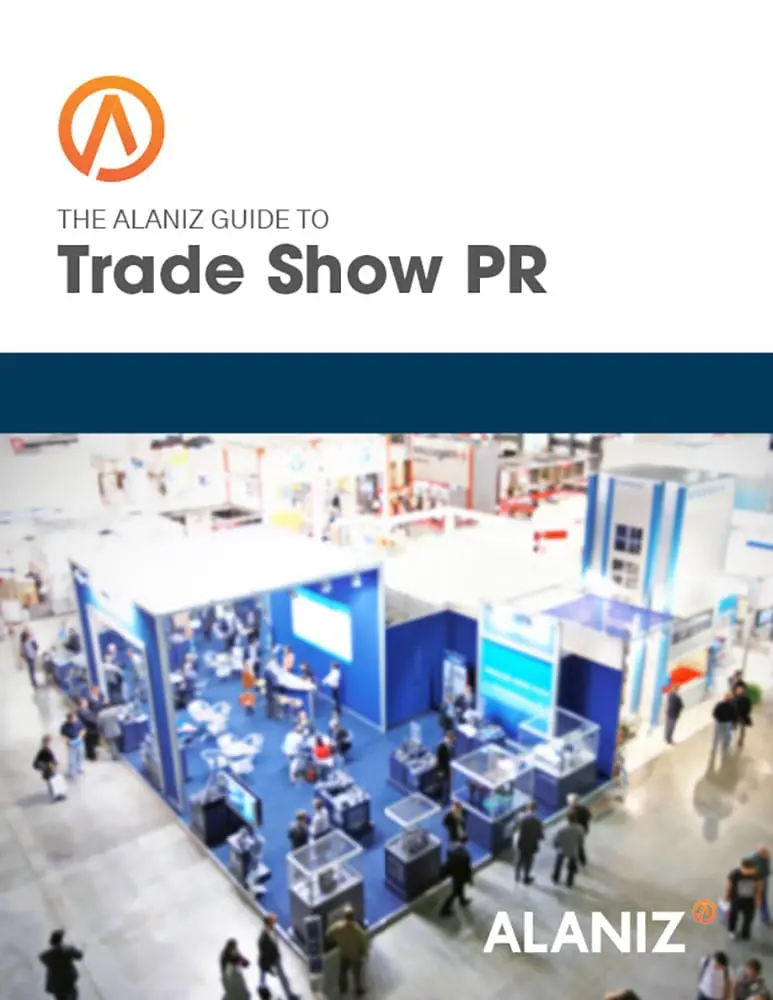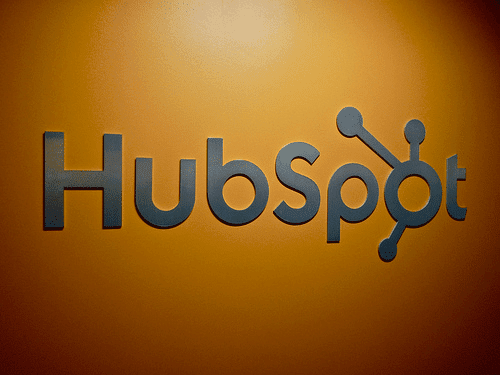This blog post is part of “The Ultimate Guide to Lead Generation” blog series.
A company came to us looking for help building a new website. In the process of discussing the marketing goals, they mentioned that they had spent $30,000 on digital advertising to try to build their contact database with qualified leads. Naturally, we asked how it was working. “I really don’t know,” the client said. He pulled a printout of the results he’d been given by his media buyer. It listed only impressions and clicks. There was no contact information–nothing his business could act on.
Digital advertising should deliver far more than impressions and clicks. One way to make online advertising especially powerful is to integrate it with an inbound marketing program.
How Inbound Works
Inbound marketing harnesses the new buyer’s journey. People research companies online well before contacting a potential product or supplier. Creating web pages around the keywords people use to look for a product or service or to solve a personal or business problem, will attract people to your site. Once there, you build calls to action around various next steps like requesting a white paper, guide or e-book designed for different stages of the buyer’s journey–initial research, a meeting request, or a purchase. Clicking on these calls to action leads to a landing page where the visitor gives you contact information in exchange for your content offer. You collect new contacts and you have an idea of where they are in the decision-making process. That’s inbound marketing.
How Inbound Works with Advertising
Advertising can work with an inbound marketing program by turning clicks on ads by anonymous searchers into known leads. Too many companies link ads to the homepage of their websites, and cross their fingers and hope that the visitor contacts the company. Digital ads that link directly to landing pages with offers that are relevant to the problem people are trying to solve, or that help searchers get more information about a product or service and ask for their contact information in exchange for this information, generates leads.
It’s important to make it as easy as possible for people to ask for more information. That information should be designed to help give YOU more information about the visitor. If they fill out a form to get a high-level overview of your industry, they are likely early in the sales process. If they download a price comparison of different solutions, they’re probably closer to making a purchase.
Target First
Ads and the offers they link to can be more carefully tuned than ever using social media advertising platforms like Facebook and LinkedIn. You can offer ads to highly targeted audiences based on all sorts of criteria–from standard demographics like age, gender, location, and income; to richer data like other products and companies they like, where they work, what position they hold, and what groups they’ve joined. When these people see and click on an ad, you can direct them to landing pages and content you’ve crafted just for them.
Delight Your Prospects
Inbound marketing is all about delighting people with helpful information and content that leads them to the best decision possible for the stage of the search they are it. Vague, general content doesn’t work. Vague, general ads don’t work either. Not if you want known contacts that represent qualified leads. Ads that help people to information about solutions they are looking for, and help identify those that want to communicate with your company, will be far more effective.
This blog post is part of “The Ultimate Guide to Lead Generation” blog series.




